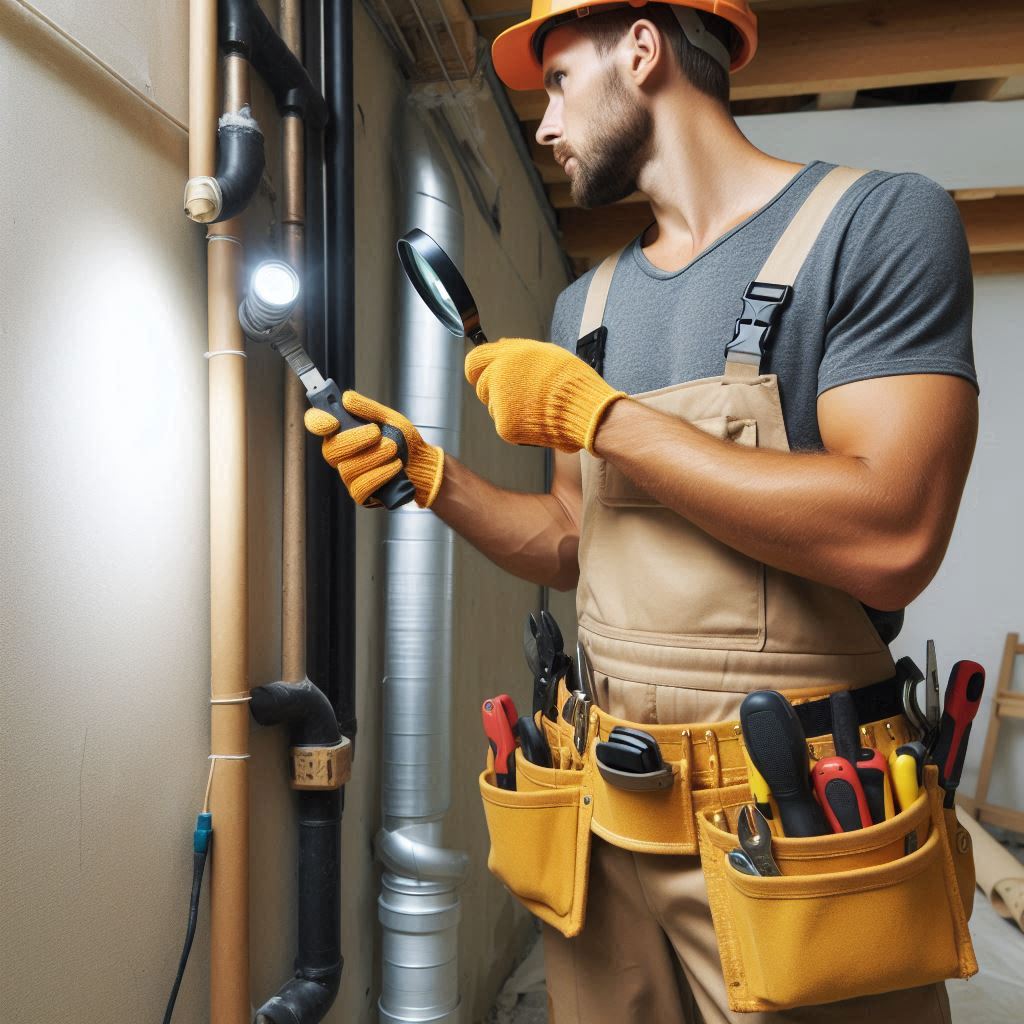How to Detect Pipelines When Drilling


Drilling into walls, floors, or the ground is a common task for many DIY projects and construction work. Whether you’re mounting a TV, installing shelving, or working on a larger renovation, drilling can seem straightforward. However, it comes with the risk of accidentally hitting hidden pipelines, which can lead to severe damage, costly repairs, or even dangerous gas leaks. To avoid these risks, it’s essential to know how to detect pipelines before drilling. This blog will cover various methods to help you safely detect pipelines and avoid mishaps during your project.
Modern stud finders are not just for finding studs. Many of them come equipped with metal or pipe detection features, making them a convenient tool for spotting hidden pipelines behind walls. These stud finders can detect copper, steel, and plastic pipes with embedded wiring, giving you a clearer picture of what’s behind the surface.
How to Use a Stud Finder:
Infrared cameras, also known as thermal imaging devices, can be incredibly effective in detecting pipes, especially if they are carrying water or gas. Since these pipelines tend to be cooler or warmer than the surrounding areas, an infrared camera can detect the temperature differences and highlight where the pipes are located. This method is non-invasive and can be highly accurate.
How to Use an Infrared Camera:
For larger-scale projects or when working on outdoor areas, ground-penetrating radar (GPR) is one of the most effective tools for detecting underground pipes. GPR uses electromagnetic signals to detect objects below the surface, making it highly useful for locating pipelines, electrical cables, and other utilities beneath floors, concrete, or soil.
How to Use GPR:
Before starting any project that involves drilling into the ground or walls, it’s a good idea to consult utility maps of your home or building. These maps can show where plumbing, gas lines, and electrical wires are located. In many countries, there are services you can call—like 811 in the U.S.—to get assistance locating underground utilities before you begin drilling. These services are often free and can prevent expensive damage or dangerous accidents.
Steps to Consult Utility Services:
In some cases, particularly when working on outdoor surfaces, visual inspection and manual probing can help detect pipelines before drilling. This method involves carefully examining the surface for signs of pipelines, such as access panels, vents, or visible pipe entry points. If you suspect pipelines are running below the surface, you can use a metal probe to gently push into the ground to check for obstructions.
How to Perform Visual Inspection and Probing:
Drilling without checking for hidden pipelines can lead to disastrous consequences, including damaged pipes, costly repairs, and safety hazards like gas leaks. By using tools like stud finders with pipe detection features, infrared cameras, ground-penetrating radar, or by consulting utility maps and calling professional services, you can prevent these accidents. Always take the time to properly detect pipelines before drilling, ensuring that your project runs smoothly and safely.
Say goodbye to TV mounting struggles! 🛠️ Our Elephant Anchors offer secure and easy installation, perfect for metal studs or no studs at all. Holds up to 90lbs! Upgrade your home with confidence.
When it comes to framing the walls of your home, you have two primary choices: wood studs or metal studs. Both materials offer unique benefits and drawbacks, and understanding their differences can help you make an informed decision based on your specific needs and construction goals. Let’s break down the characteristics of wood and metal studs, and how they compare in terms of durability, cost, ease of use, and sustainability.
Self-drilling screws are a game-changer when it comes to mounting and fastening. Unlike regular screws, which require pre-drilled pilot holes, self-drilling screws have a built-in drill bit that allows them to create their own hole as they’re driven into the material. This not only saves time but also ensures better precision and a stronger hold, especially in tough materials like metal, drywall, and thick wood. With fewer tools needed and reduced risk of material damage, self-drilling screws are the better choice for quick, efficient, and reliable installations.